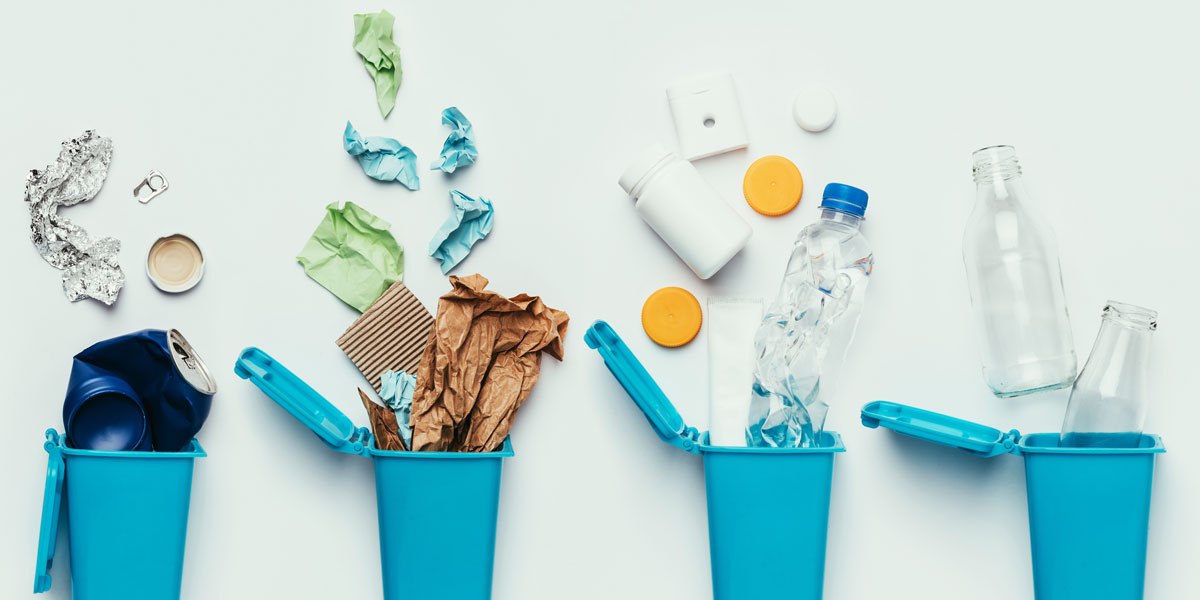Let's find out more!
Different types of waste!
Watch the videos below to find out more about the different types of waste that we may have in our school.
You may notice the different types of waste from the book, 'What a Waste, Rubbish, Recycling, and Protecting our Planet'. You can go back and read the book to discover more.
Using Google Docs, reflect on whether we have this type of waste at our school.
Organic Waste
https://www.abc.net.au/btn/classroom/bin-audit/12344802
E-Waste
https://www.abc.net.au/btn/classroom/war-on-e-waste/10488766
https://www.abc.net.au/btn/classroom/e-waste/10532080
Food Waste
https://www.abc.net.au/btn/classroom/waste-ban/10526432
https://www.abc.net.au/btn/classroom/food-waste/10533514
1. Conducting your own waste audit

What is a waste audit?
A waste audit is a type of survey that shows the amount of waste a person, household, or workplace gather.
For your video advertisements, you can use audits to show the amount of waste the school produces.
In your groups of three, take a photo of your class bin.
Observe the top layer of the bin using a grid square given to you by your teacher Miss Kittos.
Count how much of the area is covered by items that are recyclable. By counting the squares, it will tell us the percentage of recyclables.
2. Let's dig further!
In your groups, choose a bin in the playground to find out how much waste is gathered in a day.
Miss Kittos will give you a map of all the bins on the playground. Your group will be given a bin.
At the end of lunch take a photo of the amount of waste that has been gathered during the school day.
Make sure to count the amount of rubbish your bin has collected and record it on your map.
You will then go around to each bin to discover the amount of rubbish that gets collected in one school day.
3. Real waste audit.
It is the time!
Put on your gloves and masks.
This activity involves you sorting the day's waste into recycling, organic and general waste.
Using a column graph, show the amount of each item of rubbish in your allocated bin.
Click on the link below to see an example made by Miss Kittos.
https://www.youtube.com/watch?v=6QTPx228vb8&list=PLyd6F0q0iONQfn0ykcC43zwEkq5r0r7vO&index=9
Look at the waste that has been collected and reflect on the questions below!
- What waste was thrown out the most?
- What waste was thrown out the least?
- Does this waste impact the school environment?
You can write your answers on a piece of paper or on Google Docs. Make sure to hand in your answers or share your Google Doc with your teacher.